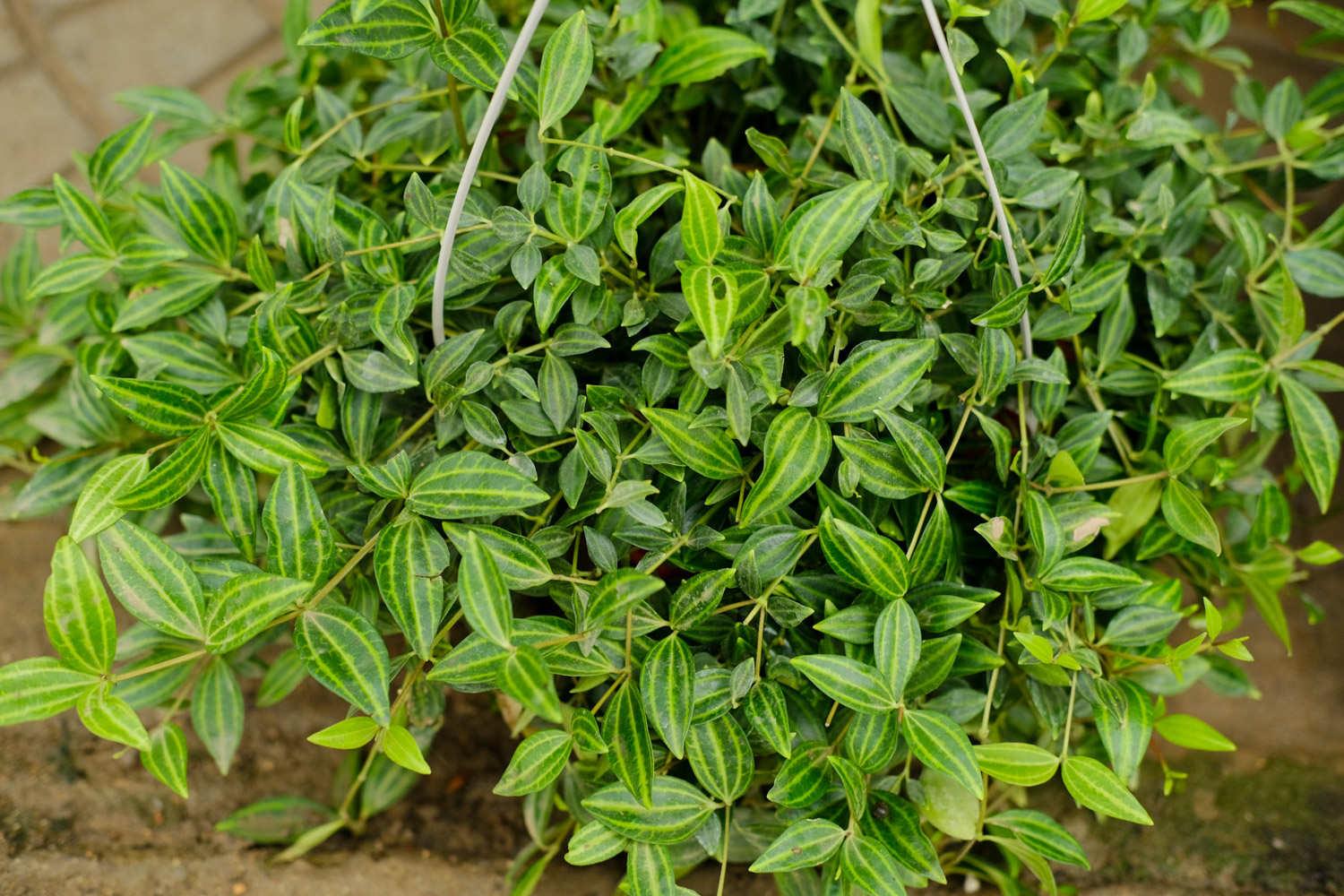Cultivation methods and precautions for white-veined peppergrass
Last Update :2023.11.30
Article Catalog
Raising white-veined peppergrass requires loose and fertile soil. You can use humus soil mixed with coarse sand to prepare pot soil, and add a small amount of horse manure as base fertilizer. Usually, it should be placed in a bright place to avoid direct light. In summer, it needs to be properly shaded. In daily maintenance, water should be frequent to keep the soil moist, but there should be no stagnant water. Also fertilize it during the growing season, once every two to three weeks.

1. Breeding methods
1. Soil: Peppergrass likes loose and fertile soil. If the soil is too sticky and heavy, the drainage capacity is poor, which will easily affect the respiration and growth of the roots. Usually, you need to use humus soil and coarse sand to prepare the potting soil, or you can use peat soil and perlite. In either case, a small amount of horse manure should be added as a base fertilizer to provide nutrients for the development of the plants.

2. Lighting: White-veined Peppergrass Peppergrass is suitable for growing in a semi-shady environment and requires a certain amount of scattered light, but it cannot be exposed to the sun, otherwise it will burn its leaves and affect the development of the plant. Usually it should be placed in a bright place indoors. It can be properly shaded in summer, and it should be exposed to light for a long time in winter. This will also be of great help in raising the ambient temperature.
3. Watering: Peppergrass tends to grow better in humid places and has certain drought tolerance, so watering should be frequent, but not too much. Keep the pot soil moist and avoid excessive watering. Water accumulation is sufficient. If you water too much, it will easily lead to root rot. The excess water needs to be drained, and the soil should be loosened and ventilated properly.

4. Fertilization: White-veined Peppergrass Peppergrass needs a certain amount of fertilizer during the growth period. Fertilizer is usually applied every two to three weeks. The fertilizer is mostly thin liquid fertilizer or compound fertilizer. The content of nitrogen fertilizer should not be too much, otherwise the veins on the leaf surface will fade. Reduce its ornamental value. Fertilization should be stopped in time in winter. If the temperature is suitable, top dressing can be appropriate.
2. Precautions

In the process of cultivating peppergrass, you must pay attention to pruning, cut off the withered and yellow leaves, and trim the horizontal branches to make it look more beautiful. In addition, you can also top appropriately to promote the formation of branches.
- END -
Which variety of Begonia is the most beautiful?

The most shade-tolerant potted indoor plants

1, wire fern: wire fern shade, beautiful form, small plant. 2, pocket coconut: poc...